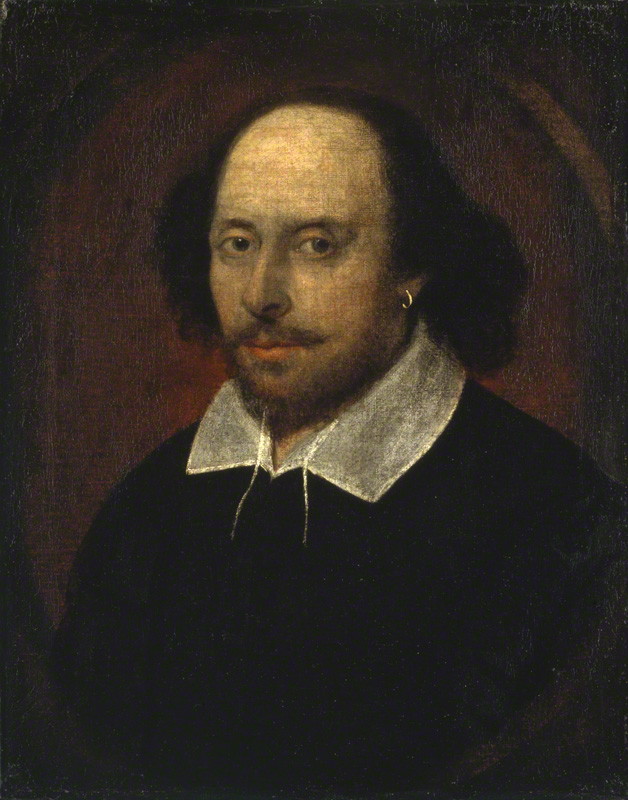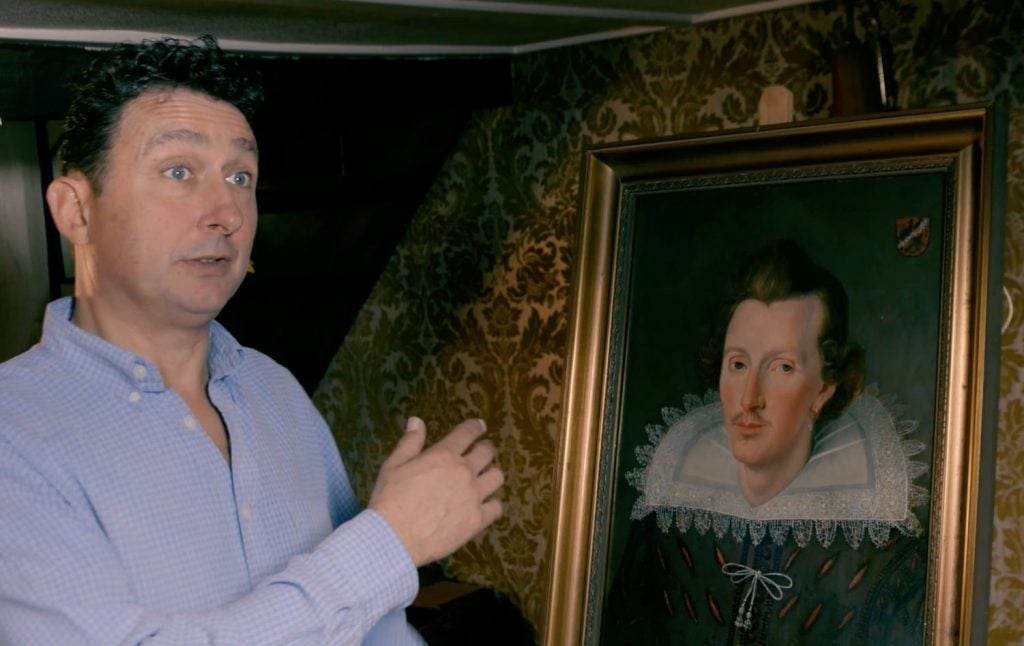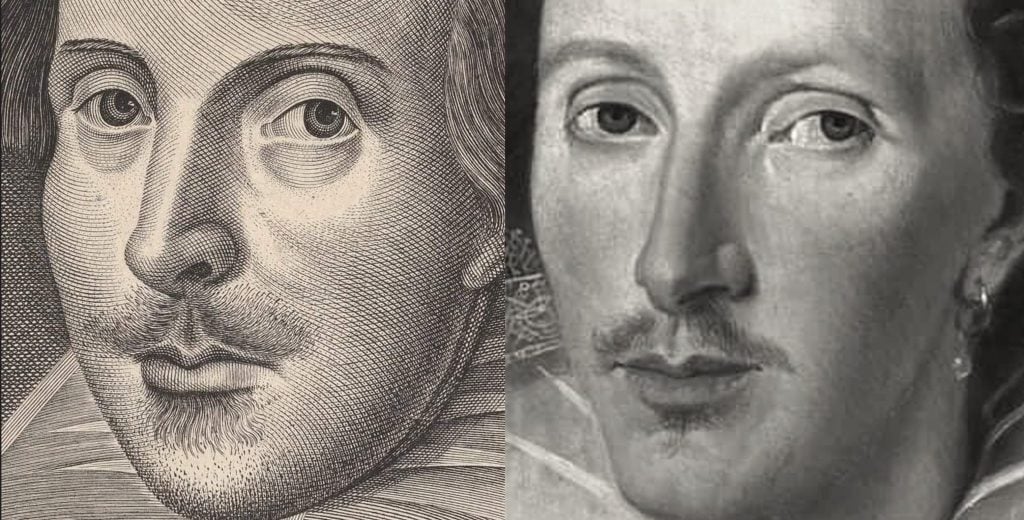Art World
British Man Claims He Owns the Only Portrait of Shakespeare Painted During His Lifetime
Steven Wadlow, a window washer by trade, claims that the evidence is mounting his family's painting is the real deal.

Steven Wadlow, a window washer by trade, claims that the evidence is mounting his family's painting is the real deal.

Vittoria Benzine

A British window washer believes his family owns a coveted portrait of Shakespeare painted during the Bard’s lifetime. Steven Wadlow has spent over a decade working with experts to determine whether that hunch is true. The evidence is mounting.
There are only two portraits that unequivocally depict Shakespeare—a funerary bust, and the Droeshout engraving, which appeared on first editions of his First Folio. Both were done after Shakespeare’s death, though friends and family confirmed the Droeshout engraving looks like him. There’s about 10 more that potentially depict Shakespeare, some of which purport to be done from life—most prominently, the Chandos portrait, owned by London’s National Portrait Gallery, and the Cobbe portrait, at Hatchlands Park in Surrey.

The Chandos portrait, attributed to John Taylor William Shakespeare (ca. 1610). Collection of the National Portrait Gallery, London.
If it turns out that the Wadlow portrait depicts Shakespeare from life, it would be worth £100 million to £200 million, according to “a very well known TV art expert,” Wadlow wrote over email.
Wadlow’s father purchased the work of oil on board from an estate sale at Great Tew Manor in the 1960s, while working as an antiques dealer and conservator. It hung in their family living room until 2012, when Wadlow’s father, who’d been watching a documentary about Shakespeare, called his son and said the playwright “looks like our bloke above the telly.” Wadlow agreed, and accepted his mission. “If I’d have known 10 years ago, we’d still be at it now, trying to find answers. Would I have begun all this?” he’s said. “Probably not.”

Wadlow with the portrait. Courtesy of Steven Wadlow.
Dendrochronology has since confirmed the work was painted in 1595, when Shakespeare was 31. That number appears faintly at the top of the portrait, Wadlow wrote over email, where artists often put a sitter’s age.
“UCL analysed the chemistry of the paints using multispectral cameras and determined that it was correct for the period,” he continued. Costume experts and art historians have substantiated those claims. One scholar proposed Wadlow’s work might be the missing portrait that the Droeshout engraving references. Theories state this lost original was painted in 1595, and once lived at Great Tew Manor.
Paris-based Lumiere Technology has pitched in. “At first, they thought it was a pastiche until they noticed pentimenti (corrections) and determined that it was done from life,” Wadlow explained. Lumiere also merged the Wadlow portrait with the Droeschout engraving—and revealed Shakespeare’s mouth and eyes were a perfect match between them. The folks at Lumiere believe this portrait portrays Shakespeare dressed as the ghost of Hamlet’s father, whom he was known to play.

Side by side comparison of the Droeshout engraving (left) and the Wadlow portrait (right). Courtesy of Steven Wadlow.
For all Wadlow’s evidence, however, he’s encountered resistance from the academic community—perhaps due to his background. “One told me that many an academic career has been dashed on the rocks of Shakespeare portraits, so they won’t go near it,” he recalled. Others struggle to assimilate a portrait of Shakespeare with hair and no beard into their worldview.
“The main thing is to get the research out there,” Wadlow said. A film crew has followed his efforts for eight years. He hopes that finding a network to broadcast the footage will attract enough attention to open up debate, and complete his quest.